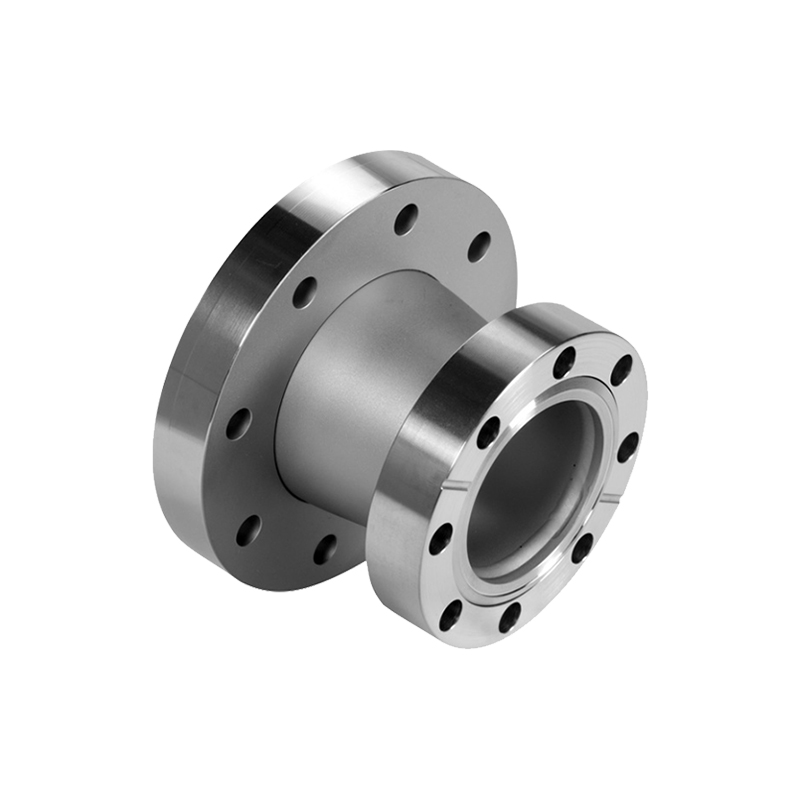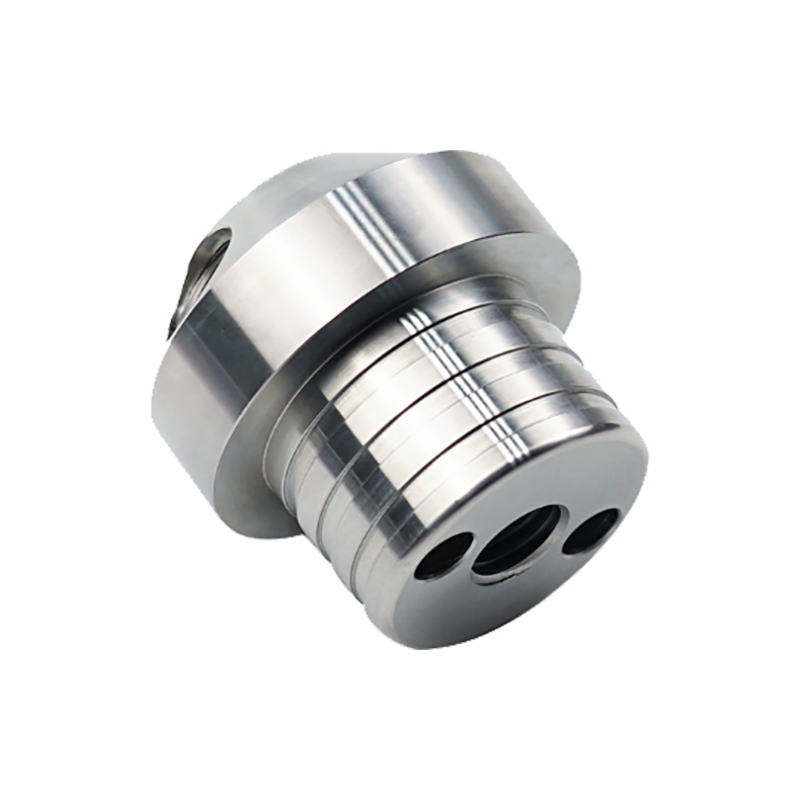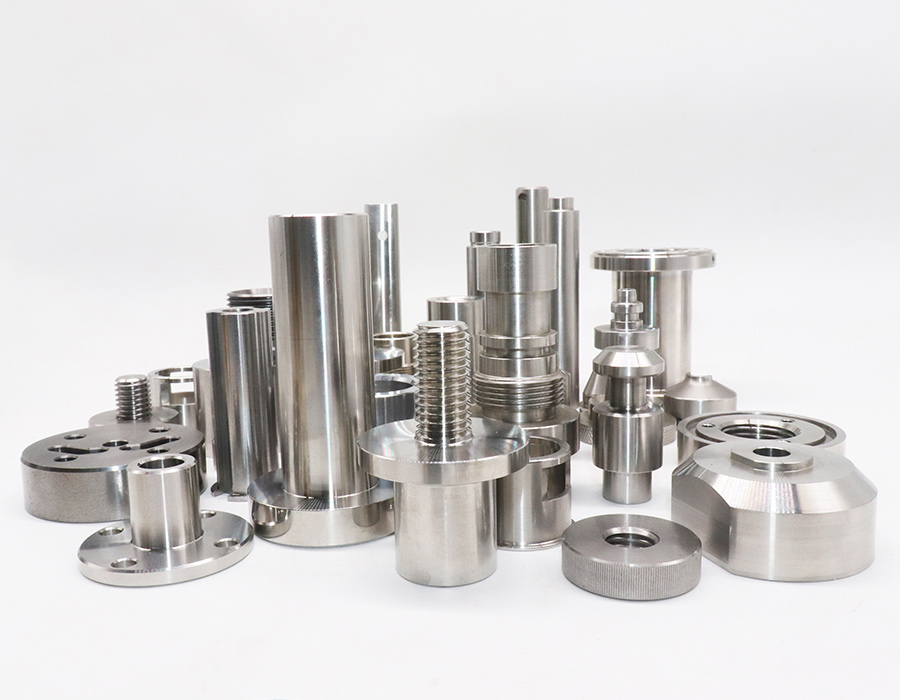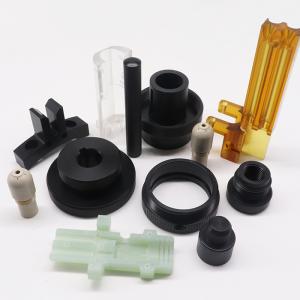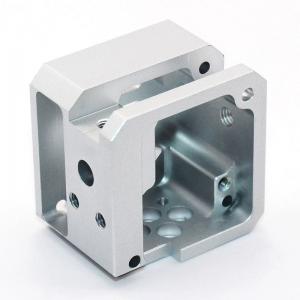The chemical composition of stainless steel grades 304 and 316 reveals distinct differences that influence their performance and applications. Both are austenitic alloys, but the addition of molybdenum (2-3%) in 316 enhances its corrosion resistance, particularly against chlorides, compared to 304. Additionally, 316 contains slightly less chromium and more nickel than 304, further contributing to its superior durability in aggressive environments.
| Element | 304 Stainless Steel | 316 Stainless Steel |
|---|---|---|
| Chromium (Cr) | ~18% | ~16% |
| Nickel (Ni) | ~8% | ~10% |
| Molybdenum (Mo) | None | 2-3% |
| Carbon (C) | ≤0.08% | ≤0.08% |
| Manganese (Mn) | ≤2.00% | ≤2.00% |
| Silicon (Si) | ≤0.75% | ≤0.75% |
Applications in Medical Equipment
Stainless steel grades 304 and 316 play crucial roles in medical equipment manufacturing, with 316L being the preferred choice for many critical applications. The low carbon content (<0.03%) in 316L enhances its corrosion resistance and biocompatibility, making it ideal for surgical instruments, implants, and pharmaceutical processing equipment. 316L's superior resistance to chlorides and acids allows it to withstand rigorous sterilization processes and exposure to bodily fluids.Key applications include:
-
•
Surgical instruments: Scalpels, forceps, and retractors benefit from 316L's durability and ease of sterilization.
-
•
Implants: Orthopedic devices and dental implants utilize 316L's biocompatibility.
-
•
Pharmaceutical equipment: Reactors, centrifuges, and bioreactors leverage 316L's corrosion resistance.
-
•
Cleanroom equipment: 316 stainless steel is preferred for surfaces in sterile environments like operating rooms and pharmacies.
